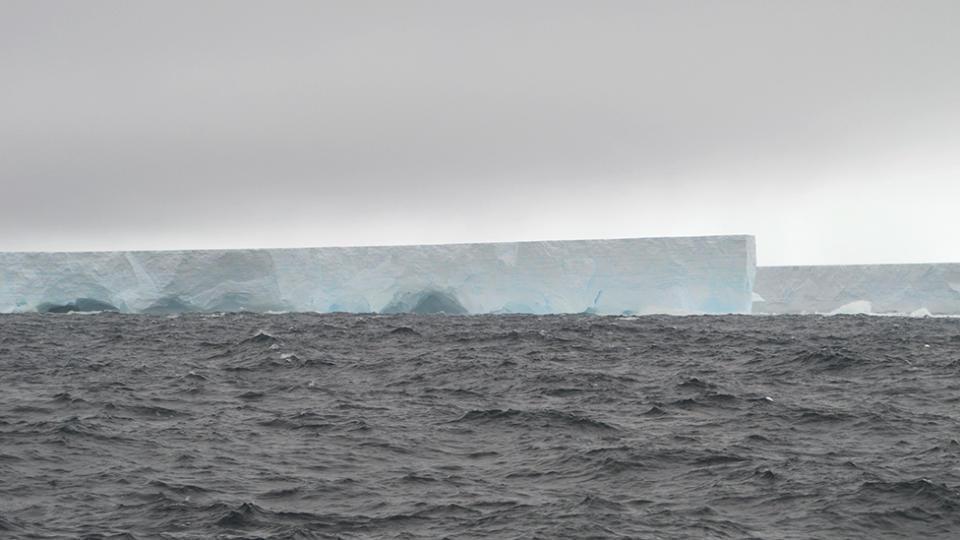The British Antarctic Survey has recently released footage of a colossal iceberg that has broken off from the Brunt Ice Shelf in late January.
This iceberg, named A81, is approximately the size of greater London, measuring 1550 square kilometers, and has broken off into the Weddell Sea. The satellite video footage shows the magnitude of the iceberg as it breaks off the ice shelf. Currently, A81 is on the move and is 150 kilometers from where it initially broke off.

The scientists believe that A81 broke free due to a large crack in the ice, known as Chasm-1, that extended across the entire ice shelf. Researchers from the BAS Halley Station captured the event from the air. The station used to be on the ice that broke off but was moved inland in 2016, now 23 kilometers away.
“Since glaciologists first observed Chasm-1 widening in 2012, BAS science and operations teams have been anticipating the calving event,” said glaciologist Oliver Marsh.
“High precision GPS instruments, as well as satellite data, have been used to monitor the widening of the chasm, and in 2016, BAS took the precaution of moving the Halley Research Station inland to protect it.”
Although the iceberg breaking off is undoubtedly a mesmerizing spectacle, it will significantly impact the area’s ecosystem. Professor Geraint Tarling, who has been tracking another giant iceberg, A76A, which is about 3200 square kilometers, believes that this kind of event can positively and negatively impact sea life.
“On the positive side, as the iceberg melts, it will release a lot of nutrients that could benefit the growth of microscopic plants such as phytoplankton at the base of the oceanic food webs,” Tarling explained.
“The negative side is that this same melting, at such a large scale, dumps lots of freshwater into the ocean, which decreases salinity levels and makes the waters unsuitable for many phytoplankton and the zooplankton that feed on them.”

The breaking off of the A81 iceberg raises concerns about the increasing rate of ice shelf disintegration and sea level rise caused by climate change. This event highlights the need for continued monitoring and studying of the Antarctic region to understand better the implications of these changes on the environment and the world’s population.
As the world continues to witness the effects of climate change, it is crucial to heed the warning signs and take proactive steps to prevent further damage to our planet.


